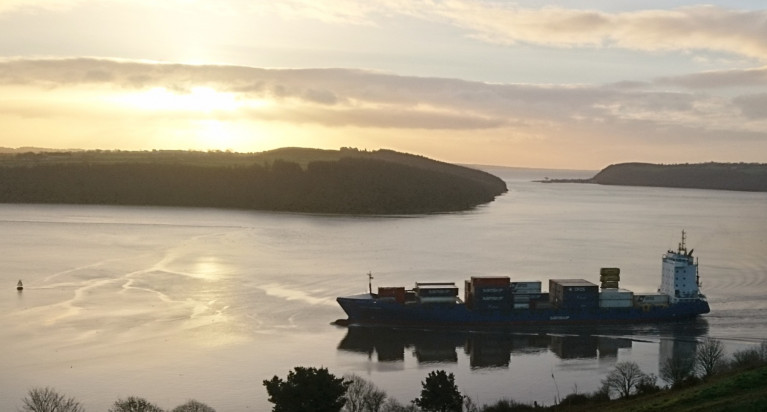Displaying items by tag: Opportunities
The Irish Port of Waterford has launched a brand new report titled ‘The Maritime Heritage of Waterford Estuary’.
Marine resource economist, Dr Naomi S. Foley, the author of the report, was commissioned by the south-east port to highlight the variety of opportunities to develop and promote the estuary.
To consult the report which is available to view online here, offers an overview of the natural and cultural heritage of Waterford Estuary.
As highlighted in the report are the outlining opportunities for the future sustainable development, promotion and preservation of this heritage that could benefit the coastal communities of the estuary.
The Port of Waterford’s Heritage Committee Chairman, Joe Dreelan said, “This report is an important publication as it helps to place a framework around potential collaborations in order to achieve a number of objectives; including increasing the awareness of the maritime heritage of Waterford Estuary; contributing to a sense of community, pride and place through sustainable social and economic development and work towards strengthening and building on current community development projects.
The chairman added, for example "to those projects funded by the FLAG and LEADER programme in order to promote, preserve and enjoy our unique maritime heritage.”
Welcoming the report, CEO of Waterford Council Michael Walsh said, “Waterford Estuary has a rich maritime heritage and we are delighted to see the breadth of potential opportunities for potential future engagement and development across the areas of natural and cultural heritage".
The CEO also commented "We look forward to collaborating further with Port of Waterford to investigate the possibility of these project proposals. We have seen the success of the Waterford Greenway and note the proposition of a Waterford Estuary Blueway which is certainly something that is on our radar.”
The report gives us a full account of how the villages on both sides of the Wexford and Waterford estuary became such vital cogs in the trading success of Waterford City and the wider Southeast, and laterally how fishing became central to the villages’ economic wellbeing.
In commissioning and championing this report, Port of Waterford wishes to acknowledge the role Cheekpoint, Passage East, Duncannon, Dunmore East, Ballyhack and Arthurstown played in the Port’s development over the generations.





























































